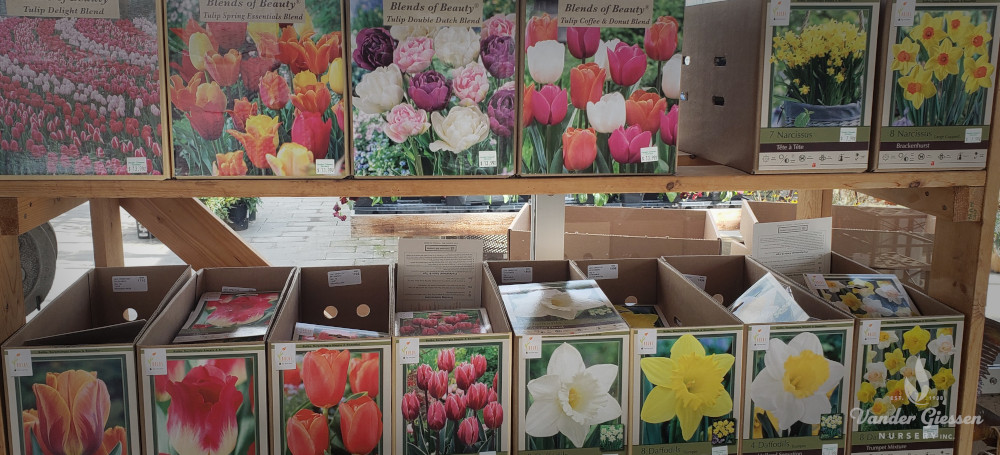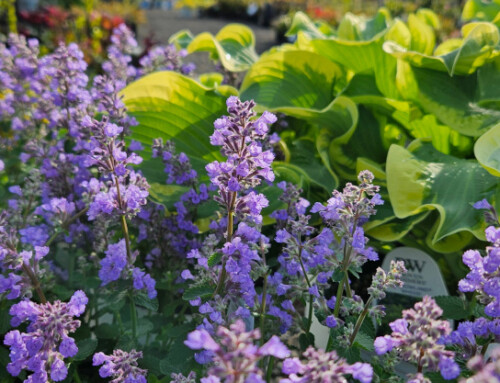Ben Franklin once said that “nothing is certain in life except death and taxes,” but he had obviously never visited the Pacific Northwest in autumn and experienced the rainy season that, though delayed this year, has finally arrived. As the traditional wet fall season begins to take hold in Western Washington, this month is a great time to get a head start on next year’s gardening success, so here are four garden tasks to accomplish while you enjoy the first rains of the season.
First, October is the month to establish a defensive line in the upcoming battle against moss in your lawn. Like the fall rains, moss growth in your lawn over winter is nearly inevitable without some preventative treatment, thanks to the naturally acidic pH of the soils in our area.
To discourage moss growth, the most effective preventative treatment is a dose of Espoma Lightning Lime. I recommend using lime on lawns both in fall to prevent moss and again in spring to replenish the soil after a winter’s worth of soil-leeching rain. If you haven’t applied lime since last year (or longer), lime can be applied at a heavier rate to raise pH and better improve your soil—unlike fertilizer, lime is almost impossible to overdose. Stop in at Vander Giessen’s and pick up a bag or two of fast-acting lime to keep moss at bay this winter.
Second, October is the month to start planting bulbs for spring color. Tulips, daffodils, crocuses, and other spring-blooming bulbs require cold winter soil temperatures to properly develop, so I recommend planting bulbs between mid-October and Thanksgiving for best results. Planting too early in autumn while the soil is too warm can lead to disease issues, so waiting to plant until mid-October is best. When planting, be sure to fertilize with bone meal to provide your bulbs the best nutrition for growing and blooming next spring, and don’t forget to add bone meal to the soil in areas where you have already-established bulbs to feed them as well. At Vander Giessen’s we have a great selection of spring-blooming bulbs in stock from mid-September through November.
Third, pick up some garlic bulbs at Vander Giessen’s to plant toward the end of October for harvest next summer. Yes, you can buy sprouted garlic starts in the spring to plant, but you’ll be far more successful with your endeavors by planting bulbs in fall. Garlic grows best in full sun and well-drained soil, so choose a good spot in your garden that meets those criteria and that you can leave undisturbed next spring when you get ready to plant your summer crops. Before planting, amend your soil with a dose of organic fertilizer like Espoma Garden-Tone, and separate the individual cloves of your garlic bulbs, spacing them out approximately 6 inches between cloves, pointy side up. Your garlic may sprout yet this fall, but will take off early next spring with the bulbs finally ready for harvest in mid-summer.
Fourth, with the soil still relatively warm compared to what it will be next spring, now is still a great time to plant shrubs, trees, and even flowers like winter pansies to spruce up flowerbeds and containers for fall and winter. If the dry summer proved too trying for some of the plants around your yard, consider replacing them with new plants now to allow them to get well-established over winter. And if you’re finally getting around to dumping the last of your summer flowers, winter pansies are the workhorse of the flower world, providing great color into early winter and bouncing back from dormancy by early spring, blooming freely until summer.
Although it felt strangely like summer well into October this year, our foggy mornings and sunny afternoons have finally given way to the clouds and drizzle, so take advantage of the great gardening weather and prepare your lawn and garden for spring. After all, there’s more that’s certain in life than just death and taxes.








Leave A Comment